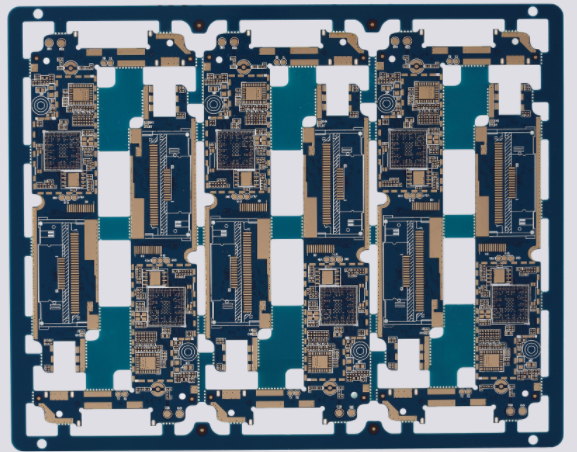1. determine the number of layers of the PCB
The PCB size and the number of wiring layers need to be determined at the initial stage of the design. If the design requires the use of high-density ball grid array (BGA) components, the minimum number of wiring layers required for wiring these devices must be considered. The number of wiring layers and the stack-up method will directly affect the wiring and impedance of the printed lines. The size of the board helps determine the stacking method and the width of the printed line to achieve the desired design effect.
2. Design rules and restrictions
The automatic routing tool itself does not know what to do. In order to complete the wiring task, the wiring tool needs to work under the correct rules and restrictions. Different signal lines have different wiring requirements. All signal lines with special requirements must be classified, and different design classifications are different. Each signal class should have a priority, the higher the priority, the stricter the rules. The rules involve the width of the printed lines, the maximum number of vias, the degree of parallelism, the mutual influence between the signal lines, and the limitation of layers. These rules have a great influence on the performance of the wiring tool. Careful consideration of design requirements is an important step for successful wiring.
3.the layout of the components

In order to optimize the assembly process, the design for manufacturability (DFM) rules impose restrictions on the component layout. If the assembly department allows components to move, the circuit can be appropriately optimized, which is more convenient for automatic wiring. The defined rules and constraints will affect the layout design.
4. fan-out design
In the fan-out design stage, to enable automatic routing tools to connect component pins, each pin of the surface mount device should have at least one via, so that when more connections are needed, the PCB circuit board can be internally connected. Layer connection, online testing (ICT) and circuit reprocessing.
In order to maximize the efficiency of the automatic routing tool, the largest via size and printed line must be used as much as possible, and the interval is ideally set to 50mil. Use the via type that maximizes the number of routing paths. When carrying out fan-out design, it is necessary to consider the problem of circuit online testing. Test fixtures can be expensive, and they are usually ordered when they are about to go into full production. If only then consider adding nodes to achieve 100% testability, it would be too late.
5. manual wiring and processing of key signals
Regardless of the number of key signals, these signals should be routed first, either manually or in combination with automatic routing tools. Critical signals usually have to pass careful circuit design to achieve the desired performance. After the wiring is completed, the relevant engineering personnel will check the signal wiring. This process is relatively easy. After passing the inspection, fix these lines, and then start to automatically route the remaining signals.
6. automatic wiring
The wiring of key signals needs to consider controlling some electrical parameters during wiring, such as reducing distributed inductance and EMC, etc. The wiring of other signals is similar. All EDA vendors provide a way to control these parameters. After understanding the input parameters of the automatic wiring tool and the influence of the input parameters on the wiring, the quality of the automatic wiring can be guaranteed to a certain extent.
General rules should be used to automatically route signals. By setting restrictions and prohibiting wiring areas to limit the layers used by a given signal and the number of vias used, the wiring tool can automatically route the wires according to the engineer's design ideas. If the number of layers used by the automatic routing tool and the number of vias are not limited, each layer will be used during automatic routing, and many vias will be generated.
After setting the constraints and applying the created rules, the automatic routing will achieve similar results as expected. Of course, some sorting work may be required, and space for other signals and network wiring needs to be ensured. After a part of the design is completed, fix it to prevent it from being affected by the subsequent wiring process.
Use the same steps to route the remaining signals. The number of wiring depends on the complexity of the circuit and the number of general rules you define. After each type of signal is completed, the constraints of the remaining network wiring will be reduced. But with it comes a lot of signal wiring that requires manual intervention. Today's automatic wiring tools are very powerful and can usually complete 100% of the wiring. However, when the automatic wiring tool has not completed all signal wiring, the remaining signals need to be manually wired.
7. wiring arrangement
If the EDA tool software you are using can list the signal wiring length, check these data, you may find that some signal wiring lengths with few constraints are very long. This problem is relatively easy to deal with, and the signal wiring length can be shortened and the number of vias can be reduced by manual editing. In the finishing process, you need to determine which wiring is reasonable and which wiring is unreasonable. Like manual wiring design, automatic wiring design can also be sorted and edited during the inspection process.
Eight, the appearance of the PCB board
The automatically designed PCB is not as beautiful as the manual design, but the electronic characteristics can meet the specified requirements, and the complete performance of the design is guaranteed.